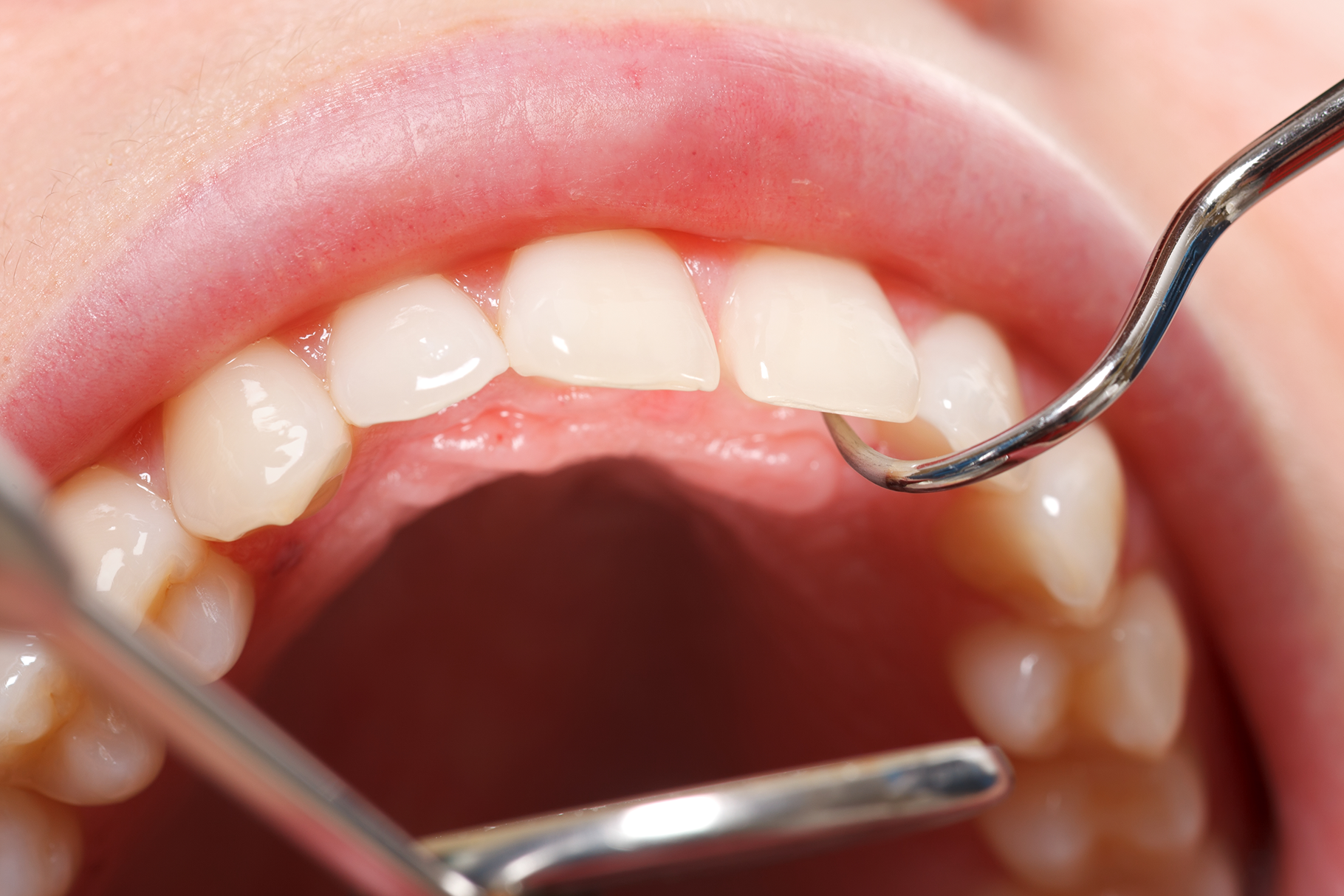Prevention seems almost too simple to work, but it does. Perhaps it is more convincing if we look again at what is involved when home dental care is neglected-the kinds of problems that keep your dentist and the specialists we've discussed busy.
Restorations. The simplest filling is generally the result of decay. Decay means cavities and most everyone has them-yet their number can be reduced significantly, especially among children, by proper plaque removal (cleaning and flossing), the use of fluorides, and the reduction of refined sugar in the diet. All of those things are accomplished at home.
Periodontal disease. Progressive bone loss that causes loosening and ultimate loss of teeth (if untreated) characterizes periodontal disease. It is often directly related to accumulations of plaque under the gums-and this does not occur if you maintain proper home care.
Orthodontics. Although there are a number of reasons why adult teeth need to be straightened, it is often to correct a bite that has changed because teeth have been lost-loss that might have been prevented with proper home care. In a sense, orthodontics for children is a form of prevention. By straightening the teeth and correcting the bite early, food traps that can cause cavities and abnormal stresses that might create periodontal problems are eliminated.
Endodontics. Most root canal work is required because decay hs reached the nerve-but home care can prevent decay from getting started if decay-causing plaque is regularly removed.
Prosthodontics. Again, the lost teeth that bridges and dentures replace might well have been saved with prevention.
Implantology. More lost teeth-only the method of placing them is new.
Aesthetics. The dentist may be treating patients who have neglected their teeth, who have failed to maintain a home care program and now need to have their teeth made attractive, repaired or replaced so they can eat and speak properly.
TMJ problems. The improper functioning of the joints of the jaw that is often related to teeth that have been lost.
Oral surgery. This is the last stop, after all steps for prevention and salvaging teeth have failed. Most dentists feel that if a usable tooth is lost, it is the ultimate failure.
Since almost every specialty in dentistry and a good deal of any dentist's work consist of repairing damage, it's not surprising that so much emphasis is now being put on implementing programs that prevent the damage in the first place. At this point, there is no infallible technique, but a practical one is there for everyone: the daily removal of plaque at home. Together with this, there are other prevention factors that deserve our attention: diet, effective toothpaste and toothbrushes, self-examination for oral cancer, and regular checkups by the dentist.
Prevention seems almost too simple to work, but it does. Perhaps it is more convincing if we look again at what is involved when home dental care is neglected-the kinds of problems that keep your dentist and the specialists we've discussed busy.
Restorations. The simplest filling is generally the result of decay. Decay means cavities and most everyone has them-yet their number can be reduced significantly, especially among children, by proper plaque removal (cleaning and flossing), the use of fluorides, and the reduction of refined sugar in the diet. All of those things are accomplished at home.
Periodontal disease. Progressive bone loss that causes loosening and ultimate loss of teeth (if untreated) characterizes periodontal disease. It is often directly related to accumulations of plaque under the gums-and this does not occur if you maintain proper home care.
Orthodontics. Although there are a number of reasons why adult teeth need to be straightened, it is often to correct a bite that has changed because teeth have been lost-loss that might have been prevented with proper home care. In a sense, orthodontics for children is a form of prevention. By straightening the teeth and correcting the bite early, food traps that can cause cavities and abnormal stresses that might create periodontal problems are eliminated.
Endodontics. Most root canal work is required because decay hs reached the nerve-but home care can prevent decay from getting started if decay-causing plaque is regularly removed.
Prosthodontics. Again, the lost teeth that bridges and dentures replace might well have been saved with prevention.
Implantology. More lost teeth-only the method of placing them is new.
Aesthetics. The dentist may be treating patients who have neglected their teeth, who have failed to maintain a home care program and now need to have their teeth made attractive, repaired or replaced so they can eat and speak properly.
TMJ problems. The improper functioning of the joints of the jaw that is often related to teeth that have been lost.
Oral surgery. This is the last stop, after all steps for prevention and salvaging teeth have failed. Most dentists feel that if a usable tooth is lost, it is the ultimate failure.
Since almost every specialty in dentistry and a good deal of any dentist's work consist of repairing damage, it's not surprising that so much emphasis is now being put on implementing programs that prevent the damage in the first place. At this point, there is no infallible technique, but a practical one is there for everyone: the daily removal of plaque at home. Together with this, there are other prevention factors that deserve our attention: diet, effective toothpaste and toothbrushes, self-examination for oral cancer, and regular checkups by the dentist.


